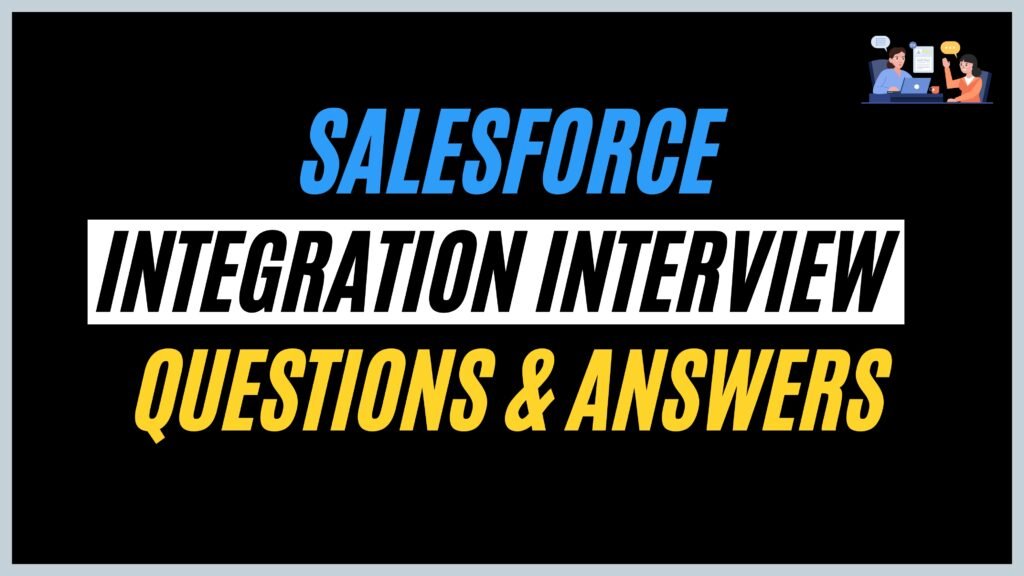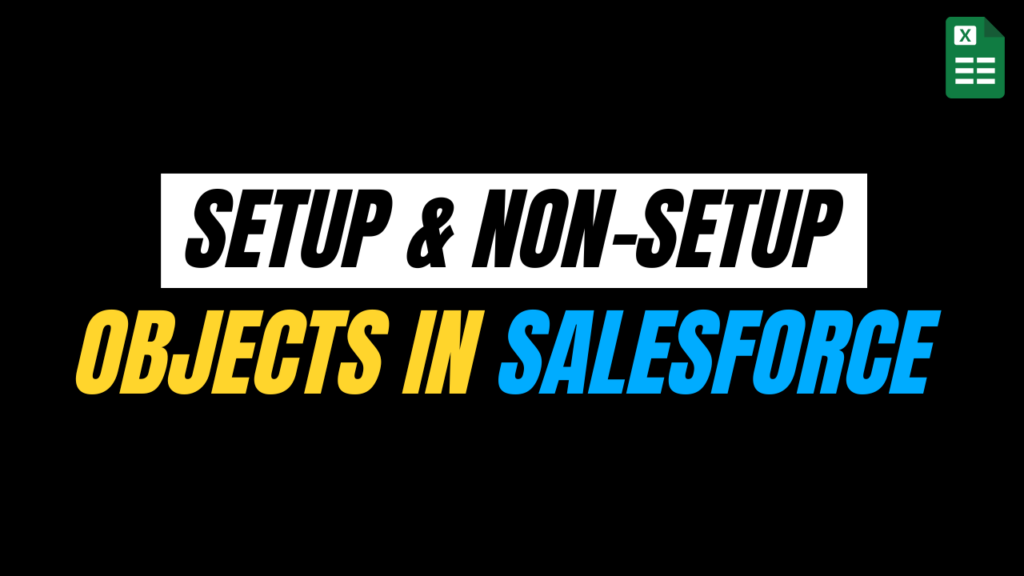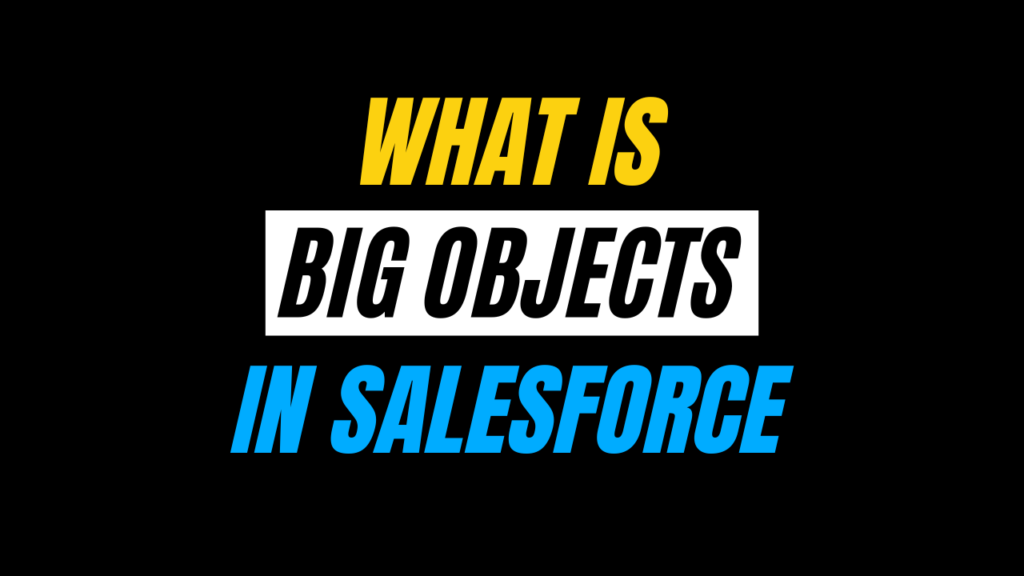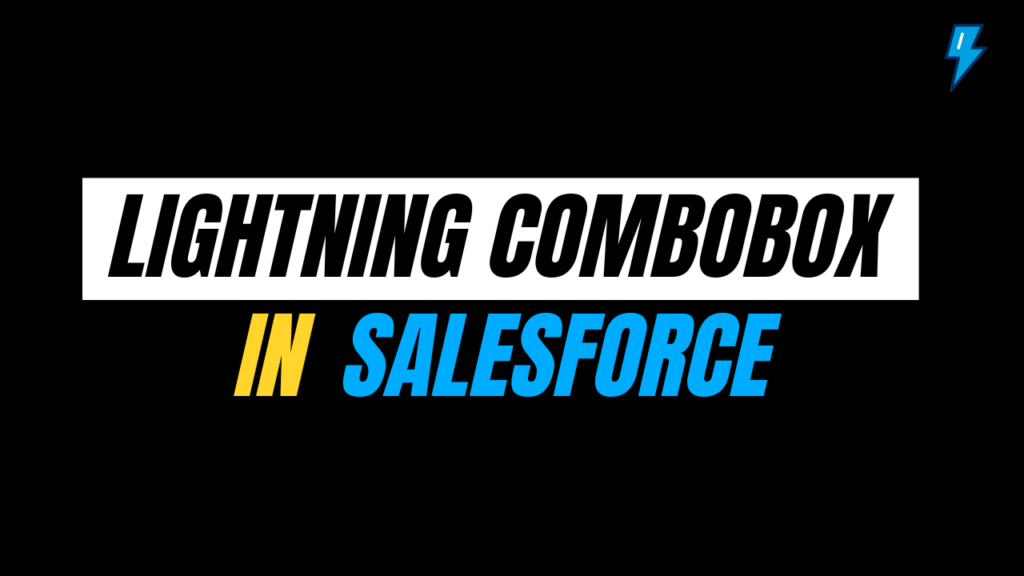In this blog, let’s explore the Salesforce Dreamforce 2025 Developer Keynote Highlights, which are packed with new announcements. This year, Dreamforce made one thing very clear: Salesforce must continue investing
Dreamforce 2025 Keynote Highlights
The Dreamforce 2025 Keynote brought the spotlight to Salesforce’s bold new vision, “The Agentic Enterprise”. Marc Benioff opened the event with an inspiring message, AI isn’t replacing humans; it’s helping
Salesforce Integration Interview Questions and Answers
Integration in Salesforce simply means connecting Salesforce with other systems so they can share data and work together smoothly. This blog covers 30+ important Salesforce Integration interview questions and answers,
With Sharing and Without Sharing in Apex
In this blog, we will discuss the difference between ‘with sharing’ and ‘without sharing’ in Apex. They are both keywords that specify whether sharing rules will be enforced or not.
Difference between Setup and Non-Setup Objects in Salesforce
When working in Salesforce, you’ll often come across the terms setup objects and non-setup objects. Whether you’re building automation or writing SOQL queries, knowing which type of object you’re dealing
When to use Salesforce Flow vs Apex
In this blog, we’ll explore Salesforce Flow vs Apex, highlighting when to use each with practical examples. Salesforce offers two main automation tools to handle complex tasks. Flow is a
Salesforce Apex Best Practices with Real-Time Examples
Salesforce Apex is a strong, object-oriented programming language that lets developers create complicated business logic, automate tasks, and connect to other systems. To write Apex code that is efficient, scalable,
What is Big Object in Salesforce with Example
Salesforce Big Objects are designed to store and manage massive amounts of data up to billions of records without impacting platform performance. Whether we are capturing audit logs, historical data,
Apex Design Patterns in Salesforce
In this blog, we’re going to break down what Apex design patterns are, why they matter, and how you can use them to write better, cleaner, and more scalable code
Lightning Combobox in Salesforce with Example
In this blog, we will discuss Lightning Combobox in Salesforce with an example and what the common scenarios are where it can be used. In Salesforce, LWC (Lightning Web Components)










